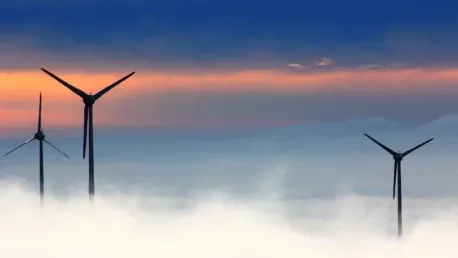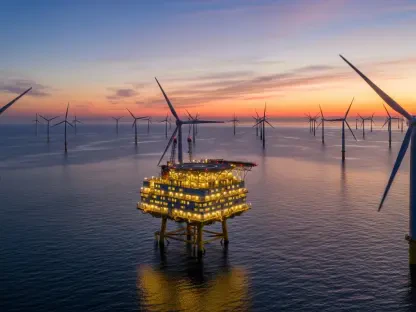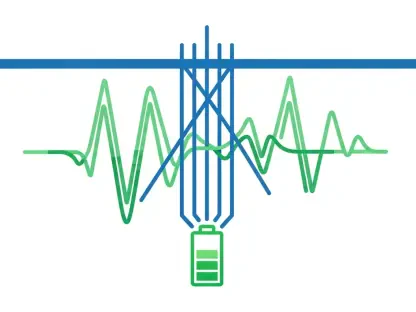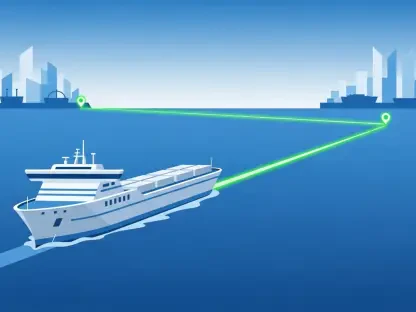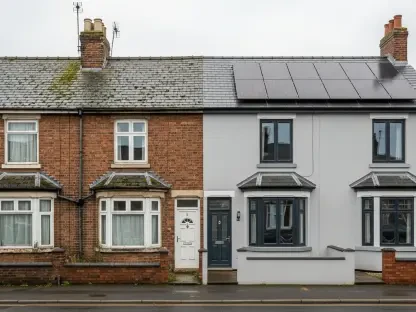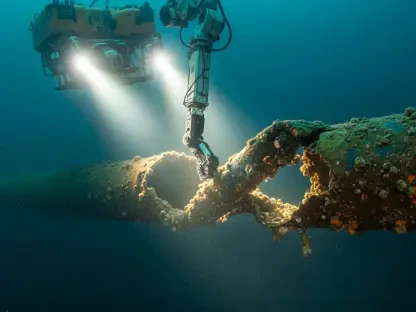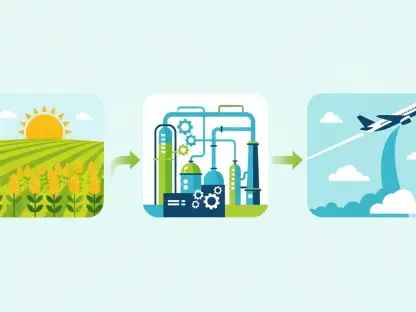As the United States continues its shift towards clean energy, the publication of the final Environmental Impact Statement (EIS) for the SouthCoast Wind Project by the US Bureau of Ocean Energy Management (BOEM) represents a significant milestone in that journey. This project is a key piece of the US administration’s ambitious plan to deploy 30GW of offshore wind energy by 2030, a critical step in reducing carbon emissions and fostering a sustainable energy future.
Project Overview and Scope
Wind Turbines, Substations, and Cables
The SouthCoast Wind Project, if approved, promises to be a monumental leap in renewable energy capacity, poised to generate 2.4GW of offshore wind energy, potentially enough to power around 800,000 homes. This ambitious project includes the installation of up to 147 wind turbine generators, which stand as testaments to the technical and engineering prowess needed to harness wind energy efficiently. Complementing these generators, the plan involves setting up as many as five offshore substation platforms scattered across 149 positions. These platforms will play a crucial role in managing and distributing the vast amounts of energy generated by the turbines.
Moreover, the project envisions the laying of up to eight intricate offshore export cables that will transport electricity to the landfall points at Brayton Point or Falmouth in Massachusetts. These cables are designed to ensure minimal transmission losses and maximum efficiency in delivering clean energy from the offshore wind farm to the onshore grid. The entire lease area for this project spans an impressive 127,388 acres, strategically located approximately 26 nautical miles south of Martha’s Vineyard and 20 nautical miles from Nantucket. This carefully chosen location leverages the area’s strong and consistent wind patterns to optimize energy production.
Public Comment and Stakeholder Engagement
Public engagement played a pivotal role in shaping the final EIS for the SouthCoast Wind Project. During the public comment period, which extended from February to April 2023, BOEM actively sought feedback from a diverse array of stakeholders. The agency organized three virtual public meetings to facilitate this dialogue and gather valuable input from indigenous and local communities, government partners, commercial fishing interests, and other stakeholders. In total, BOEM received 182 comments, each contributing to a more comprehensive and informed EIS document.
These comments not only reflected the concerns and interests of various stakeholder groups but also highlighted potential areas of improvement and refinement for the project. By incorporating this feedback, BOEM ensured that the final EIS accurately addressed environmental, economic, and social considerations, thus fostering greater acceptance and support for the project. This collaborative approach underscores the importance of inclusive stakeholder engagement in the development of large-scale renewable energy infrastructure, ensuring that diverse perspectives are considered and balanced.
Significance and Broader Impact
Clean Energy and Carbon Reduction Goals
The SouthCoast Wind Project is a crucial element of the current US administration’s broader clean energy agenda. The Department of the Interior has already approved over 15GW of clean energy from ten offshore wind projects, collectively capable of powering approximately 5.25 million homes. This approval marks significant progress toward the administration’s goal of transitioning to a cleaner, more sustainable energy portfolio. Additionally, the department has conducted six offshore wind lease auctions, including record-setting sales off the coasts of New York and New Jersey, as well as the inaugural auctions off the Pacific and Gulf of Mexico coasts.
These efforts reflect a comprehensive strategy to diversify the nation’s energy sources, reduce greenhouse gas emissions, and combat climate change. Offshore wind energy, with its vast potential and lower environmental impact compared to fossil fuels, is a linchpin in this strategy. The successful implementation of the SouthCoast Wind Project will not only contribute substantially to the national clean energy goals but also serve as a model for future offshore wind initiatives. It highlights the importance of leveraging technological advancements and regulatory frameworks to achieve sustainable energy solutions.
Community and Environmental Benefits
The completion of the environmental review for the SouthCoast Wind Project signifies a major milestone in the administration’s commitment to clean energy and environmental stewardship. BOEM’s Director, Elizabeth Klein, emphasized that the informed input from tribal nations, federal and state agencies, local communities, ocean users, and other stakeholders was instrumental in shaping the detailed environmental review. This collaborative process ensured that the project would not only meet energy production goals but also align with environmental and community interests.
Beyond the immediate benefits of clean energy production, the SouthCoast Wind Project promises broader positive impacts on local communities. By creating job opportunities and stimulating economic growth, the project will likely become a catalyst for regional development. Moreover, it highlights the growing trend towards sustainable energy solutions that balance economic growth with environmental preservation. This balance is crucial in gaining public support and ensuring the long-term success of renewable energy projects.
Future Implications
BOEM’s Continued Commitment to Offshore Wind
BOEM’s finalization of the environmental review for the SouthCoast Wind Project is part of a larger, ongoing commitment to expanding offshore wind energy. Last month, BOEM completed its environmental review of six wind lease areas in New York Bight, potentially enabling an additional 7GW of offshore wind energy. This continuous effort demonstrates the agency’s dedication to identifying and optimizing suitable locations for offshore wind farms, ensuring that each project maximizes energy production while minimizing environmental impact.
These cumulative efforts reflect a broader trend in the renewable energy sector, where meticulous planning, stakeholder engagement, and rigorous environmental assessments are essential in advancing large-scale projects. BOEM’s proactive approach in addressing environmental and community concerns early in the project lifecycle sets a precedent for future offshore wind developments. By fostering transparency and collaboration, the agency is paving the way for a sustainable and resilient energy future.
Advancing Renewable Energy Infrastructure
As the United States continues its transition towards renewable energy, the release of the final Environmental Impact Statement (EIS) for the SouthCoast Wind Project by the US Bureau of Ocean Energy Management (BOEM) marks a pivotal milestone. This project is an integral component of the US administration’s ambitious objective to deploy 30 gigawatts (GW) of offshore wind energy by the year 2030. Achieving this goal is crucial for reducing greenhouse gas emissions and promoting a sustainable energy landscape for the future. The SouthCoast Wind Project is expected to generate clean, renewable energy that can power millions of homes, create jobs, and reduce dependency on fossil fuels. The comprehensive EIS evaluates the potential environmental impacts, including effects on marine life, water quality, and local communities, ensuring that the project proceeds with minimal adverse effects. By advancing offshore wind energy, the United States takes a significant step forward in addressing climate change and building a resilient, eco-friendly energy infrastructure.
